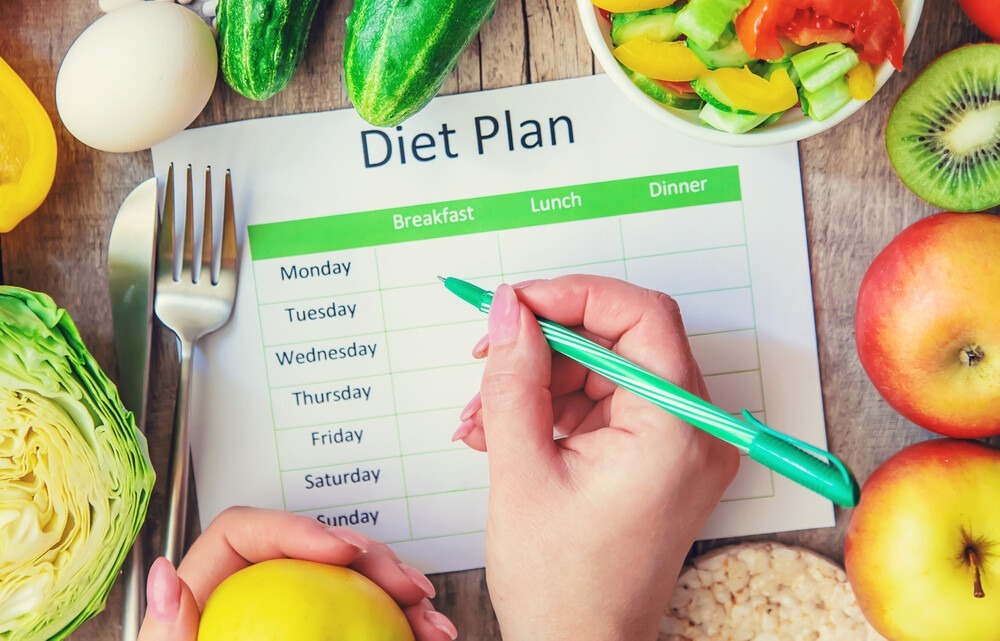Diabetes is a chronic condition that affects millions of people worldwide. Managing it effectively requires careful monitoring of diet, physical activity, and lifestyle choices. A well-structured diet plan can help stabilize blood sugar levels, thrive in daily activities, and minimize complications. This article presents a comprehensive diet plan, emphasizing nutrient-dense foods, portion control, and actionable tips for a healthier lifestyle.
Understanding Diabetes
Diabetes is primarily classified into two types: Type 1 and Type 2. Type 1 is an autoimmune condition that typically manifests in childhood and requires insulin for life. Type 2, more common among adults, involves insulin resistance and is often linked to obesity and a sedentary lifestyle. Regardless of type, effective management relies on maintaining optimal blood glucose levels.
The Role of Diet in Diabetes Management
A balanced diet is crucial for diabetes management as it directly influences blood sugar levels. The right foods can help prevent spikes in glucose and minimize complications. Here’s how to structure a diet plan that empowers those with diabetes to make healthier choices:
1. Choose Low Glycemic Index Foods
The glycemic index (GI) measures how quickly foods raise blood sugar levels. Foods with a low GI (under 55) are absorbed slowly, leading to gradual increases in glucose. Consider incorporating the following:
- Whole grains (brown rice, quinoa, barley)
- Legumes (beans, lentils, chickpeas)
- Non-starchy vegetables (broccoli, spinach, carrots)
- Berries and citrus fruits
2. Include Fiber-Rich Foods
Dietary fiber is essential for regulating blood sugar levels by slowing sugar absorption. Aim for a minimum of 25-30 grams of fiber daily. Great sources include:
- Whole grain foods
- Fruits and vegetables
- Nuts and seeds
- Oats and bran cereals
3. Prioritize Healthy Fats
Incorporating healthy fats can improve insulin sensitivity and heart health. Focus on sources of unsaturated fats, such as:
- Avocados
- Nuts and seeds (almonds, chia seeds)
- Olive oil and other plant oils
- Fatty fish (salmon, mackerel)
4. Monitor Portion Sizes
Portion control is essential for managing caloric intake and maintaining stable blood sugar levels. Use smaller plates, serve smaller portions, and avoid eating straight from the package. Keeping a food diary can also help in tracking portion sizes and calorie intake.
Sample Meal Plan
Here’s a simple one-day meal plan that embodies these principles:
- Breakfast: Oatmeal topped with berries and a sprinkle of chia seeds.
- Snack: A small handful of almonds.
- Lunch: Grilled chicken salad with a variety of non-starchy vegetables and olive oil vinaigrette.
- Snack: Greek yogurt with a sprinkle of cinnamon.
- Dinner: Baked salmon, quinoa, and steamed broccoli.
- Dessert: A small piece of dark chocolate (70% cocoa or higher).
Additional Tips for Empowering Choices
Beyond following a robust meal plan, consider the following strategies to empower your dietary choices:
- Stay Hydrated: Drink plenty of water throughout the day. Limit sugary beverages.
- Meal Prep: Prepare meals in advance to avoid the temptation of fast food.
- Mindful Eating: Take time to enjoy food without distractions. Pay attention to hunger cues.
- Consult a Professional: Work with a healthcare provider or dietitian for personalized recommendations.
Conclusion
Managing diabetes through diet is a powerful method that can lead to improved health outcomes and an enhanced quality of life. A well-planned diet rich in fibers, healthy fats, and low-GI foods can help stabilize blood sugar levels and combat the effects of diabetes. By making informed choices and being proactive about food selection, individuals with diabetes can take control of their health and well-being.
Frequently Asked Questions (FAQs)
1. Can I eat carbohydrates if I have diabetes?
Yes, carbohydrates can be included in the diet. However, opt for complex carbohydrates found in whole grains, vegetables, and legumes rather than simple sugars.
2. How often should I eat?
It’s generally recommended to eat three balanced meals daily, with healthy snacks if needed to maintain steady blood sugar levels and prevent extreme fluctuations.
3. Is it okay to consume sweets or desserts?
Occasional treats can be included in moderation, especially if they are lower in sugar and made from healthy ingredients. Consider portion size and frequency.
4. Can drinking alcohol affect blood sugar levels?
Alcohol can affect blood sugar levels. It’s crucial to drink in moderation and monitor blood sugar before and after consuming alcohol.
5. Are there specific foods I should completely avoid?
While no food needs to be completely avoided, it’s crucial to limit processed foods, sugary drinks, and high-sugar snacks. Focus on nutrient-dense options that support overall health.

